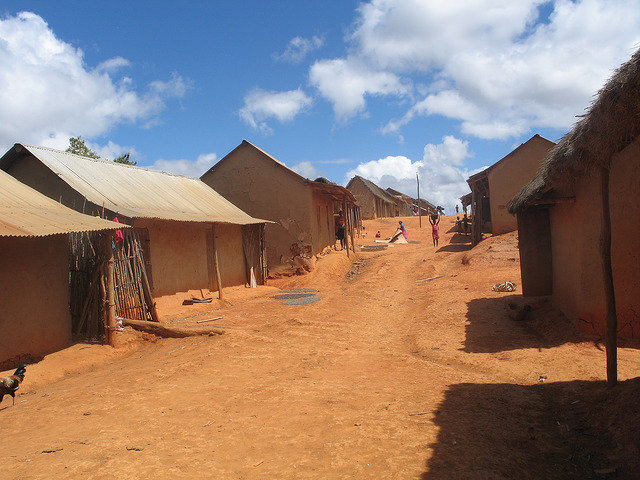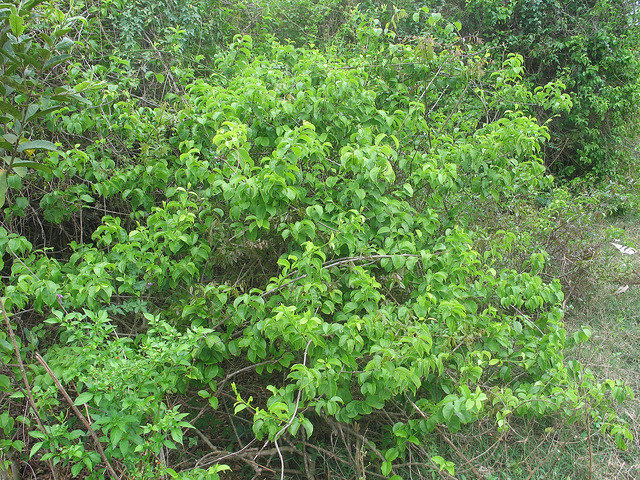By Catherine Craig | CPALI President
It has been a hard summer for the SEPALI team and farmers. Rafanoely from Ambinentelo, one of our lead farmers, has been unable to walk due to a foot infection; Fenozara Justin is unable to travel to Bealananana to collect cocoons due to poor health. On top of all of that the weather has been bad – the winds were strong enough to capsize a boat in Antongil Bay that was filled with local people. All of this is a reminder of how difficult it can be for farmers and artisans to travel to Maroantsetra for team meetings and workshops.
Fortunately, help has arrived just in time. The team received a grant from the US Embassy to purchase electric sewing machines that they will convert into manual sewing machines. As a result, artisans will be able to use the machines in their villages where there is no electricity. We hope that having production local will encourage farmers to increase silkworm farming as we continue to look for new ways to introduce insects for food in the Maroantsetra area.
Of course it is much easier to expand interest in producing insects for food in areas where people have already discovered the deliciousness of silkworm pupae. Fortunately, Bealananana is one of those areas. The goal of the Bealananana program is to make sure that Ceranchia apollina silkworms are being collected sustainably. Ceranchia silk worms are the focus of SEPALI’s textile production program.
SEPALI would like to introduce farming the pupae but there is a catch - village elders will not allow the silkworm’s host plant to be planted because it is considered an agricultural pest. When the natural vegetation is destroyed for farming, the moths’ host plant is a “first responder” – it rapidly colonizes areas where trees have been cut.
In fact, the host plant also grows well in degraded sites some 5-10 years after deforestation. The Talandoa tree, the host plant of the silkworm Antherina suraka raised in Maroantsetra, exhibited the same behavior. In fact, some Maroantsetra farmers used existing Talandoa trees to raise A. suraka larvae instead of planting them. Perhaps with a little work, farmers in Bealananana could be convinced to raise C. appolina silkworms on existing host plants to increase silkworm pupae and cocoon yields. It almost looks like we have developed a replicable model! We smell a new opportunity! Stay tuned!
Links:
Project reports on GlobalGiving are posted directly to globalgiving.org by Project Leaders as they are completed, generally every 3-4 months. To protect the integrity of these documents, GlobalGiving does not alter them; therefore you may find some language or formatting issues.
If you donate to this project or have donated to this project, you can recieve an email when this project posts a report. You can also subscribe for reports without donating.


